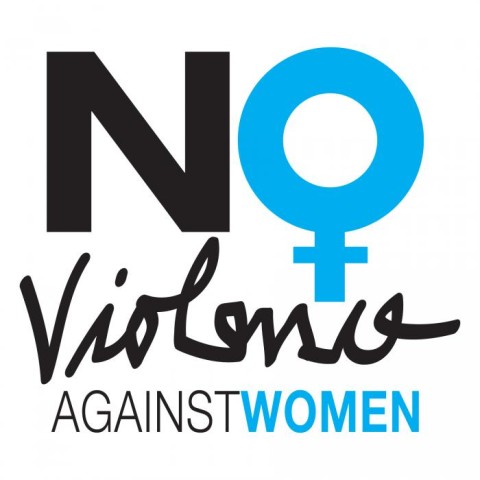An estimated one out of 14 women worldwide above the age of 15 say they have been sexually assaulted by someone other than their partner, according to a new international study.
The Lancet study, which was published on Feb. 11, was conducted by researchers at the South African Medical Research Council, the London School of Hygiene and Tropical Medicine and the World Health Organization. They looked at 77 studies that collected data from 56 different countries between 1998 to 2011.
“We found that sexual violence is a common experience for women worldwide, and in some regions is endemic, reaching more than 15 percent in four regions,” Professor Naeemah Abrahams from the South African Medical Research Council in Cape Town said in a press release.
The highest rates of sexual violence by a non-partner were reported in sub-Saharan central Africa (Democratic Republic of the Congo; 21 percent), followed by sub-Saharan southern Africa (Namibia, South Africa and Zimbabwe; 17.4 percent) then Australasia (New Zealand, Australia; 16.4 percent).
South Asia (India, Bangladesh; 3.3 percent), North Africa/ Middle East (Turkey; 4.5 percent) and east Asia and southern Latin America (Hong Kong and Uruguay, Argentina; tied at 5.8 percent) had the lowest rates of sexual violence from a non-partner.
In the U.S. and Canada, reported rates of sexual violence reached about 13 percent.
A previous survey by the Avon Foundation for Women showed that 22 percent of American women said they were a victim of domestic violence, and 13 percent had been sexually assaulted. An Oct. 2013 study showed that about 10 percent of adolescents in the U.S. admitted to perpetrating sexual violence, including forced sexual intercourse or contact and rape.
However, it is important to note that the rates in the new research were all self-reported, and the amount of data collected in each region was not uniform. The authors believe that the numbers they recorded were much lower than what was actually occurring.
“Our findings highlight the need for countries to have their own population-based data on the levels of sexual violence by different perpetrators to improve understanding of the magnitude of the problem and the main risk factors, and to develop appropriate policies and responses, including primary prevention interventions and comprehensive services to treat victims of sexual assaults,” Abrahams said.
In an associated commentary, Kathryn M. Yount from the Hubert Department of Global Health at Emory University in Atlanta, said that the study was exceptional because it involved such a large number of women from across the world. She said it proved that non-partner sexual violence was prevalent and a real threat.
“An estimated prevalence of 5.2 – 9.1 percent is unacceptably high on public health and human rights grounds and, hopefully, will spur timely and systematic discussions about the use of standard definitions and improved research tools and data collection methods to improve disclosure of a highly stigmatized violation,” she wrote.

 JOIN DRIVERN TAXI AS PARTNER DRIVER TODAY!
JOIN DRIVERN TAXI AS PARTNER DRIVER TODAY!











